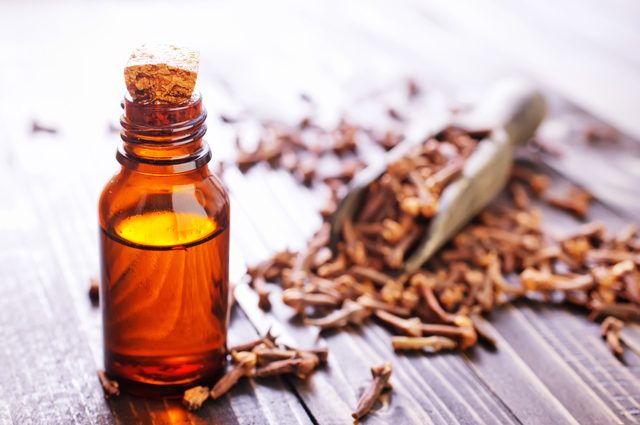There are countless remedies for fever that have sprung up over the generations. The soothing power of essential oils for fever is something that you should definitely consider adding to your defense.
Everyone has experienced a fever at some point in life. A fever happens when the body temperature rises above the normal temperature of 98.6 F, but is usually not considered significant unless is rises above 100.4 F. While it may be uncomfortable, a fever is actually beneficial to the body and a sign that your body is working to heal itself and fight off infections. Still, a fever can leave a person feeling very ill and weak, and can also be accompanied by symptoms such as chills, shivering, sweating, lack of appetite, irritability, muscle aches, headache, dehydration, and nausea.
There are many things that can cause a fever, including a virus, heat exhaustion, a cold or the flu, a bacterial infection, medications, certain immunizations, conditions such as rheumatoid arthritis, or a malignant tumor. Treatment usually involves finding and treating the cause of the fever, but there are many things you can do to reduce the fever and alleviate the symptoms. These treatments include over-the-counter fever-reducing medications and natural remedies such as essential oils for fever. It is also important to get lots of rest and stay hydrated when dealing with a fever or illness.
Peppermint Essential Oils For Fever
Due to its antispasmodic and menthol properties, peppermint essential oil is very effective at reducing a fever and associated symptoms. Peppermint oil can be applied directly to the skin after diluting with a carrier oil such as coconut or almond oil. This will provide a cooling sensation for a fever. Another application of peppermint oil for fever is to combine one-part cool water, one-part coconut oil and 15-20 drops of peppermint oil in a bowl. Soak a towel or several wash cloths in the mixture and drape the towels over the back, face, legs, or anywhere on the body to cool the fever. Peppermint can also be added to a cool bath to help reduce a fever.
Lavender Essential Oils For Fever![Practical Ways to Use Lavender Essential Oil]()
Lavender essential oil is widely used for calming and to relieve tension due to its sedative properties. Its analgesic and anti-inflammatory constituents make it a great choice for fever relief. Lavender can also lesson symptoms of irritability, and help a person relax in order to promote peaceful, deep sleep to help with recovery of the illness. Lavender can be inhaled or diffused, and due to its mild nature it can be applied directly to the forehead and temples, back of neck or bottoms of feet without a carrier oil.
Frankincense Essential Oils For Fever
It would be hard to list essential oils for any ailment without mentioning frankincense, as it has a huge variety of uses. Known as the King of Oils, Frankincense is a one-stop-shop which can benefit anything from the skin to the immune system. Frankincense has anti-inflammatory, sedative, antiseptic, astringent and disinfectant properties that make it great for reducing fever as well as treating possible causes of the fever. Frankincense can be mixed with a carrier oil and applied down the spine, to the bottoms of feet and to the lymph nodes.
Clove Essential Oils For Fever
Clove essential oil has been used since ancient times for its high antioxidant properties. Clove is also antiviral, antiseptic and analgesic, which can help not only with fever but many other symptoms. Clove is great for immune support, especially when mixed with other oils such as Frankincense for an extra immunity boost. Clove is best used by first diluting with a carrier oil and applying to the spine, chest, and bottoms of feet.
If your fever has lasted more than a few days, is above 103 F or is accompanied by symptoms such as vomiting, severe headache, blurred vision, confusion or seizures, it is a good idea to seek medical attention as this could be an indication of a more serious condition. For everyday ailments, essential oils for fever along with rest and fluids are a great way to alleviate symptoms of a fever.


